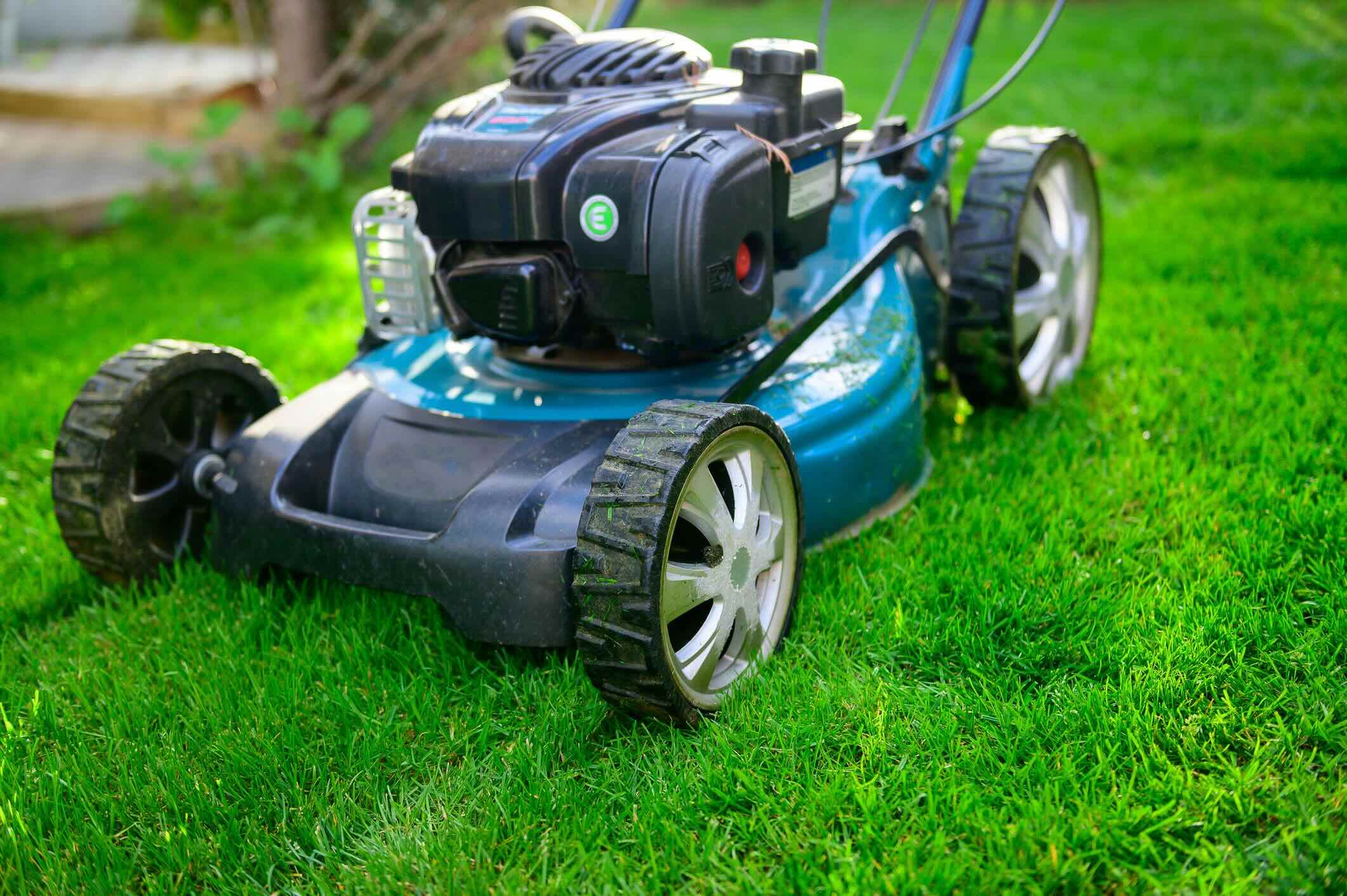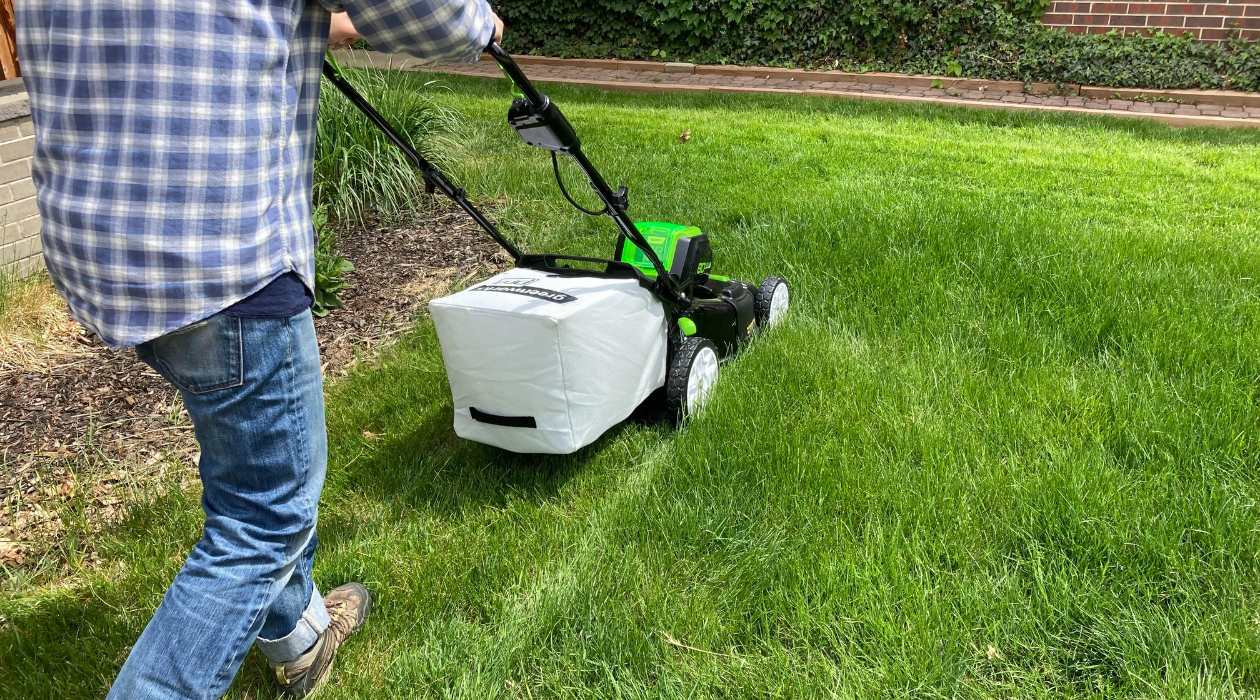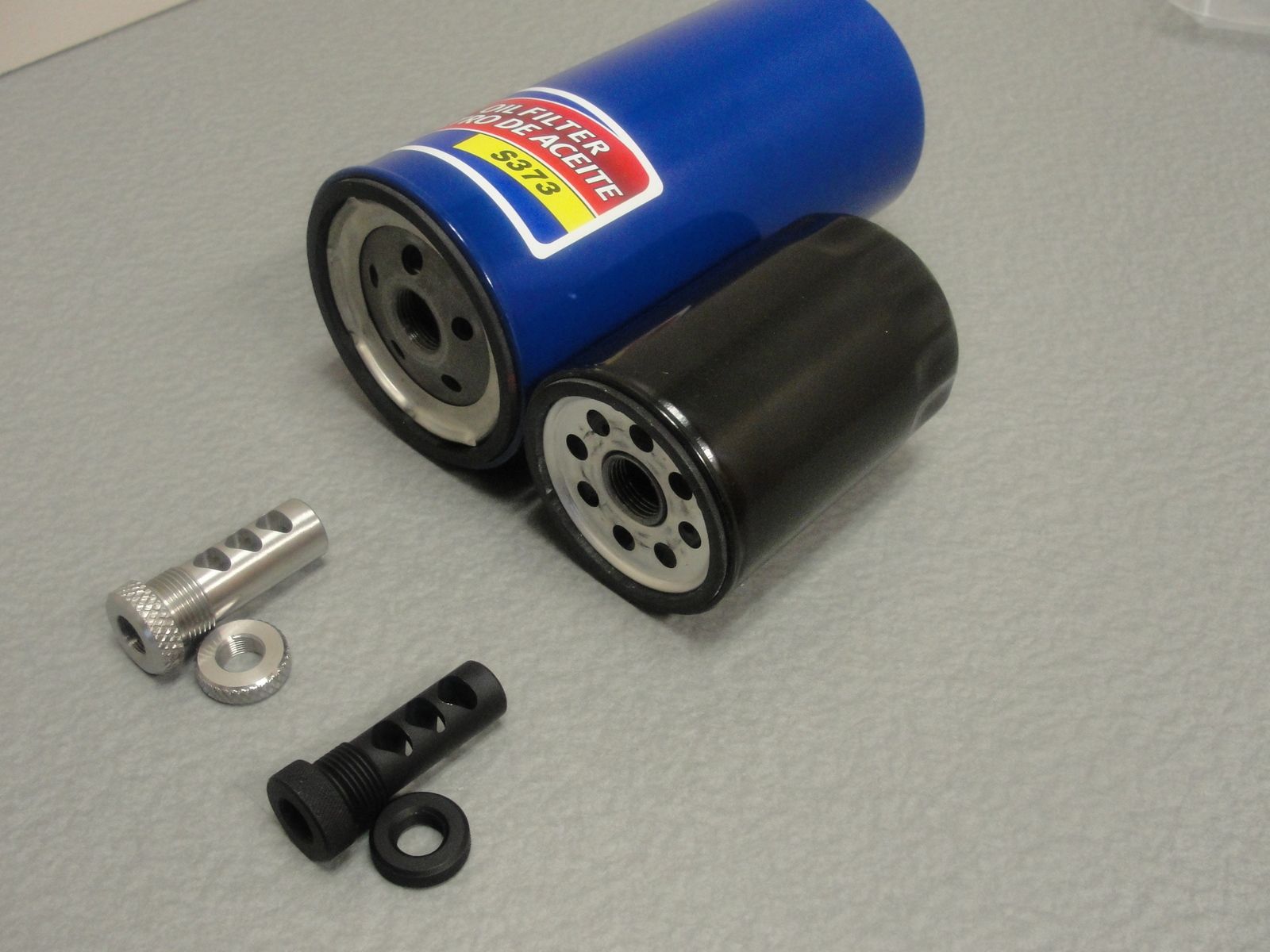Home>Gardening & Outdoor>Garden Tools & Equipment>What Type Of Oil Goes In A Lawnmower


Garden Tools & Equipment
What Type Of Oil Goes In A Lawnmower
Modified: October 20, 2024
Discover the right type of oil for your lawnmower with our comprehensive guide. Keep your garden tools and equipment in top condition.
(Many of the links in this article redirect to a specific reviewed product. Your purchase of these products through affiliate links helps to generate commission for Storables.com, at no extra cost. Learn more)
Introduction
When it comes to maintaining a healthy, vibrant lawn, a well-functioning lawnmower is an essential tool. Just like any other piece of machinery, a lawnmower requires regular care and maintenance to ensure optimal performance. One crucial aspect of lawnmower maintenance is using the right type of oil. This often-overlooked component plays a vital role in keeping the engine running smoothly and efficiently. In this article, we will delve into the significance of using the correct oil in a lawnmower, explore the various types of oil suitable for this purpose, and provide a step-by-step guide on how to check and change the oil in a lawnmower. By the end of this read, you will have a comprehensive understanding of the role of oil in your lawnmower and the knowledge needed to keep it in top condition. Let's embark on this journey to uncover the secrets of proper lawnmower oil maintenance!
Key Takeaways:
- Choosing the right oil for your lawnmower is crucial for protecting the engine, ensuring smooth performance, and preventing overheating and corrosion. It’s like giving your lawnmower a shield to stay strong and healthy!
- Regularly checking and changing the oil in your lawnmower is a simple yet powerful way to keep it running smoothly and extend its lifespan. It’s like giving your lawnmower a refreshing drink to stay strong and reliable!
Read more: What Type Of Gas Does A Lawnmower Take
Importance of Using the Right Oil
Choosing the correct type of oil for your lawnmower is not just a matter of preference, but a critical factor in ensuring the longevity and efficiency of your machine. The oil serves as the lifeblood of the engine, providing vital lubrication to the moving parts while also helping to dissipate heat. Here are several key reasons why using the right oil is of paramount importance:
- Engine Protection: The right oil acts as a protective barrier, preventing metal-on-metal contact and reducing friction within the engine. This helps to minimize wear and tear on the components, extending the lifespan of the lawnmower.
- Optimized Performance: Proper lubrication ensures that the engine operates smoothly and efficiently, delivering the power needed to cut through tough grass with ease. Using the correct oil can contribute to consistent performance and reliable operation.
- Heat Dissipation: Oil plays a crucial role in dissipating heat generated by the engine’s internal combustion process. By carrying heat away from the critical components, the oil helps to maintain safe operating temperatures and prevents overheating.
- Cleanliness and Contaminant Control: Quality oil helps to keep the engine clean by trapping and suspending contaminants, preventing them from causing damage or buildup within the system. This is essential for maintaining the overall health of the lawnmower.
- Prevention of Corrosion and Rust: The right oil can provide a protective coating on metal components, guarding against corrosion and rust formation. This is especially crucial for outdoor equipment exposed to the elements.
By understanding the importance of using the right oil, you can safeguard your lawnmower against premature wear, overheating, and other potential issues, ultimately saving time and money on repairs and replacements. Now that we’ve explored the significance of choosing the correct oil, let’s delve into the various types of oil suitable for lawnmowers.
Types of Oil Suitable for Lawnmowers
When it comes to selecting the appropriate oil for your lawnmower, it’s essential to consider the specific requirements of the engine and the prevailing operating conditions. Here are the primary types of oil suitable for lawnmowers:
- Synthetic Oil: Synthetic oils are engineered to offer superior lubrication and performance, especially in extreme temperatures. They provide excellent protection against wear and thermal breakdown, making them an ideal choice for high-powered and commercial-grade lawnmowers. Additionally, synthetic oils typically have a longer service life and can enhance fuel efficiency.
- Conventional (Mineral) Oil: Conventional or mineral-based oils are a cost-effective and reliable option for many lawnmower engines. They provide adequate lubrication and protection under normal operating conditions. It’s important to follow the manufacturer’s recommendations regarding viscosity and oil change intervals when using conventional oil.
- High Mileage Oil: High mileage oils are formulated with additives designed to condition and protect older engines with higher usage. If your lawnmower has been in operation for an extended period, a high mileage oil may offer additional benefits such as reduced oil consumption and enhanced engine protection.
- SAE 30 and SAE 10W-30: These viscosity grades are commonly recommended for small four-cycle engines, including those found in many lawnmowers. SAE 30 is suitable for warmer temperatures, while SAE 10W-30 provides improved cold-weather starting and overall versatility.
Before selecting a specific type of oil for your lawnmower, it’s crucial to consult the owner’s manual or manufacturer’s guidelines to determine the recommended viscosity and oil specifications. Additionally, factors such as ambient temperature and usage frequency should be taken into account when making your decision. Now that we’ve explored the types of oil suitable for lawnmowers, let’s move on to the essential steps for checking and changing the oil in your lawnmower.
Always use the type of oil recommended by the lawnmower manufacturer. Typically, a 10W-30 oil is suitable for most lawnmowers, but always check the owner’s manual for the specific oil type and capacity for your machine.
How to Check and Change the Oil in a Lawnmower
Regularly checking and changing the oil in your lawnmower is a fundamental aspect of routine maintenance that can significantly impact its performance and longevity. Here’s a step-by-step guide to assist you in this essential task:
- Locate the Oil Fill Cap and Drain Plug: Refer to your lawnmower’s manual to identify the location of the oil fill cap and the drain plug. The manual will also specify the type and amount of oil required for your specific model.
- Prepare the Mower: To ensure a safe and effective oil change, position the lawnmower on a level surface. Running the engine for a few minutes beforehand can help warm the oil, allowing it to drain more easily.
- Drain the Old Oil: Place a drain pan beneath the mower, then carefully remove the drain plug to allow the old oil to drain out completely. Be sure to capture and dispose of the used oil in accordance with local regulations.
- Inspect the Drain Plug: While the oil is draining, inspect the drain plug and its washer for any signs of damage or wear. Replace the washer if necessary to prevent leaks.
- Refill with Fresh Oil: Once the old oil has been drained, reinstall the drain plug securely. Use a funnel to add the appropriate amount of new, clean oil through the oil fill cap. Be mindful of not overfilling the crankcase, as this can lead to engine damage.
- Check the Oil Level: After adding the new oil, use the dipstick to verify that the oil level falls within the recommended range. It’s essential to avoid both overfilling and underfilling the oil, as either scenario can compromise engine performance.
- Dispose of the Old Oil Responsibly: Dispose of the used oil at a designated recycling center or an automotive service facility that accepts use oil for proper disposal or recycling.
- Record the Maintenance: Keep a record of the oil change, including the date and the type of oil used. This documentation can help you track the maintenance history of your lawnmower and ensure timely oil changes in the future.
By following these steps and adhering to the manufacturer’s guidelines, you can effectively check and change the oil in your lawnmower, promoting its optimal performance and durability. With the oil maintenance process demystified, you are now equipped to keep your lawnmower in prime condition, ready to tackle the challenges of lawn care. As we conclude this guide, remember that proper oil care is a simple yet crucial aspect of preserving the health and functionality of your lawnmower.
Conclusion
As we’ve journeyed through the intricacies of lawnmower oil maintenance, we’ve uncovered the pivotal role that the right oil plays in preserving the health and performance of your trusty machine. By understanding the importance of using the correct oil, exploring the various types suitable for lawnmowers, and mastering the steps to check and change the oil, you have gained valuable insights into nurturing your lawnmower’s engine.
Remember, the oil in your lawnmower is not just a lubricant; it’s a guardian, protecting the engine from wear, heat, and contaminants. Whether you opt for synthetic oil, conventional oil, or a specialized high mileage blend, selecting the appropriate type based on your lawnmower’s specifications and operating conditions is paramount.
Regularly checking and changing the oil is a simple yet powerful act of care that can enhance the performance and extend the lifespan of your lawnmower. By adhering to the manufacturer’s recommendations and diligently maintaining a record of oil changes, you can ensure that your lawnmower remains a reliable companion in maintaining a lush, well-groomed lawn.
As you bid farewell to this guide, armed with a deeper understanding of lawnmower oil care, may your future lawn care endeavors be imbued with the confidence and knowledge needed to keep your lawnmower running at its best. Embrace the role of a steward to your lawnmower, and it will continue to reward you with pristine lawns and effortless mowing experiences. Here’s to the symbiotic relationship between you, your lawnmower, and the verdant landscapes that await!
Frequently Asked Questions about What Type Of Oil Goes In A Lawnmower
Was this page helpful?
At Storables.com, we guarantee accurate and reliable information. Our content, validated by Expert Board Contributors, is crafted following stringent Editorial Policies. We're committed to providing you with well-researched, expert-backed insights for all your informational needs.
















0 thoughts on “What Type Of Oil Goes In A Lawnmower”